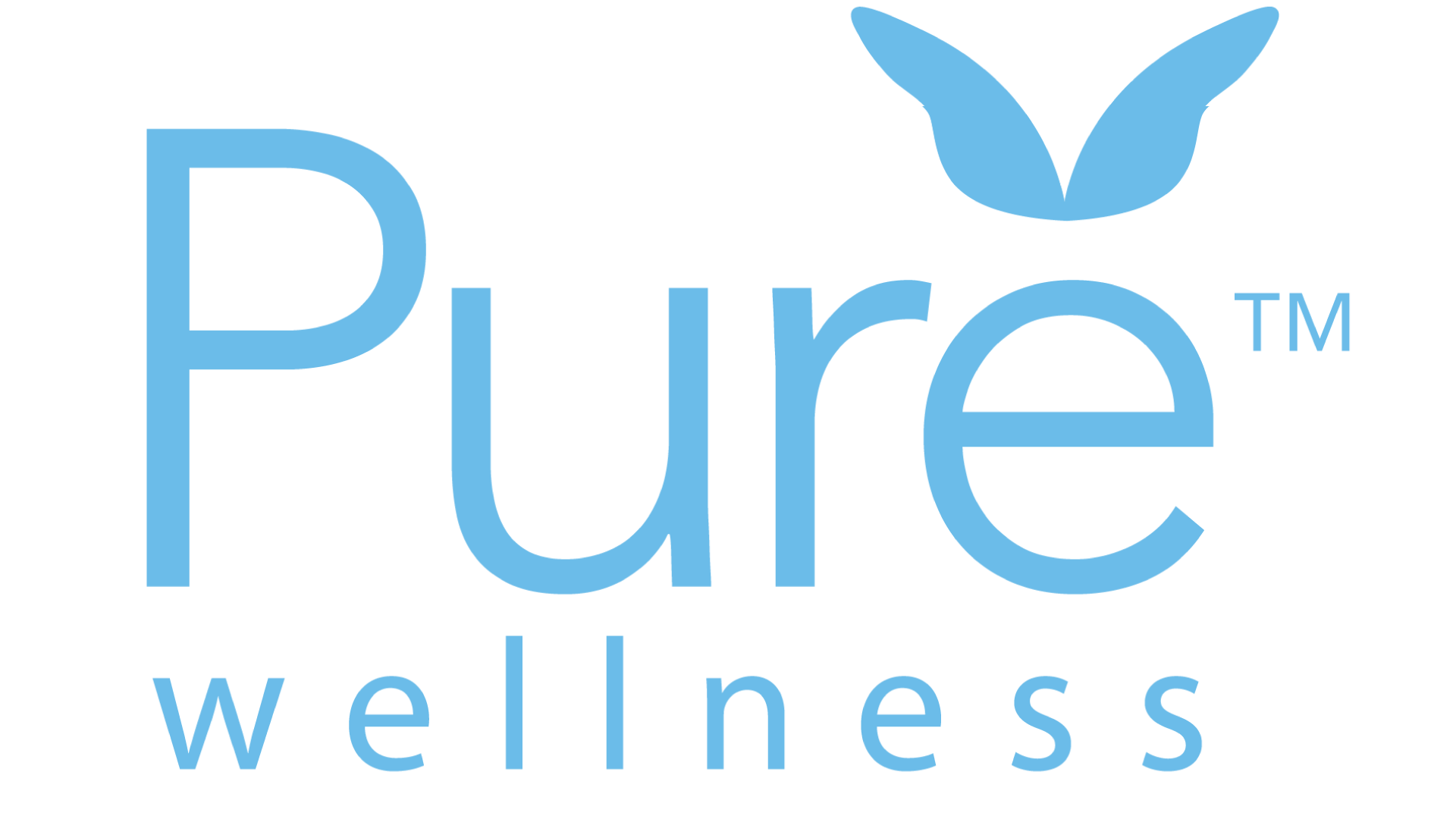You’ve probably started to notice the cooler nights, lower humidity and even some color on the leaves around your neighborhood. These are sure signs that summer has come to an end and colder weather is on its way. However you feel about the changing of the seasons, one thing is for certain: indoor air quality is generally worse throughout the fall and winter months.
The main reason indoor air quality tends to decline in fall and winter is that we inevitably start to close up our homes from the colder temperatures outside. It’s natural that we want to shut the windows, seal any drafts and turn on the heat as the temperature drops. An unintended consequence of these actions is that dust, allergens and other harmful particles become trapped in our homes and start to accumulate over time.
When you think about creating high quality indoor air, you might imagine sealing off a space from the contaminants found outside. In reality, however, ideal indoor air quality is achieved through the proper mix of both purification and ventilation. When we close up our homes this time of year, we reduce our home’s ability to allow particles to filter out and fresh, healthy air to flow inside.
This is especially true for newer and recently renovated homes. Advanced building and design practices have made homes much more energy efficient by reducing leaks and sealing up homes from the outside. While these improvements are good for the environment and for reducing your energy costs, they can lead to poor indoor air quality without proper ventilation and air purification.
Heating systems can present additional problems for indoor air quality in the fall and winter. Unless these systems are regularly cleaned and maintained, they will spread dust, allergens and other harmful particles through the vents and around your home. If you use a fireplace or stove, this can also become a source of indoor air pollution if it lacks sufficient ventilation.
Mold is another concern, especially in the fall. Decomposing leaves combined with cooler and wetter weather create the perfect conditions for mold growth. Fall mold is primarily a problem outdoors for people who have mold allergies. However, mold spores can cling to your clothes, shoes and other items and be carried inside your home.
An added reason to consider indoor air quality in the fall and winter may seem obvious: we typically spend more time indoors. Unless there is a fire or other form of extreme air pollution, outdoor air is always healthier to breathe than indoor air. As colder temperatures drive us inside, we will spend more time breathing lower quality indoor air during the fall and winter months.
While a decline in indoor air quality is typical in the fall and winter, there are steps you can take to improve indoor air quality this time of year. Ensure that your home’s HVAC system is well-maintained and supplement your indoor air purification systems as needed.

Submit a comment